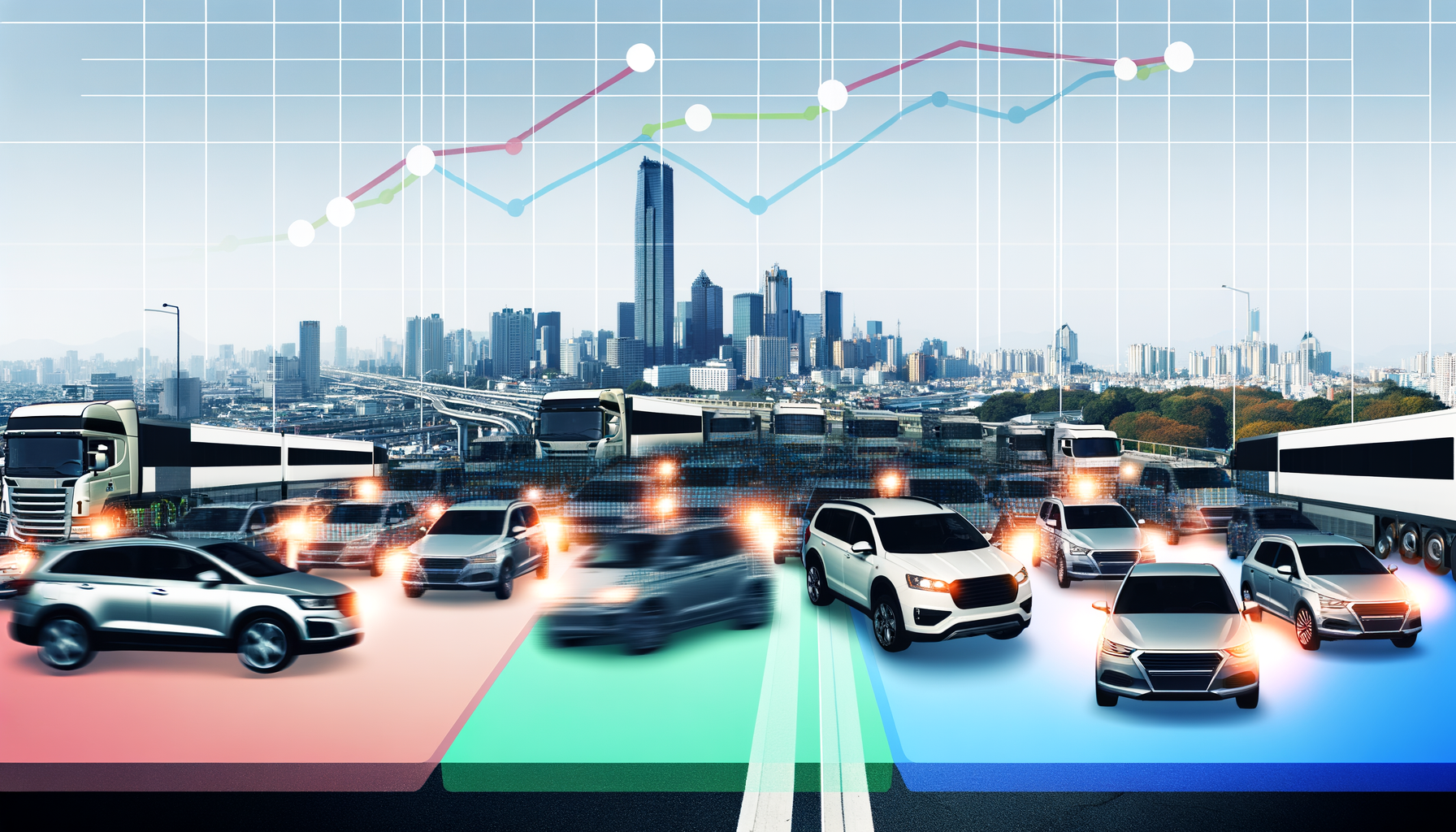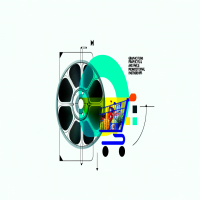Navigating the Roads of Change: Urbanization's Influence on Vehicle Ownership and Automotive HVAC Demand

Strong 8k brings an ultra-HD IPTV experience to your living room and your pocket.
Urbanization is shaping the future of societies worldwide, bringing a myriad of changes to infrastructure, economies, and lifestyles. Amidst the hustle and bustle of burgeoning cities, one particularly noteworthy trend has emerged: the rise in vehicle ownership, fueled by the migration of people to urban areas. At the heart of this evolutionary change is the automotive Heating, Ventilation, and Air Conditioning (HVAC) sector, poised for unprecedented growth.
The Urbanization Wave
Urbanization refers to the increasing number of people residing in urban areas compared to rural ones. According to the United Nations, over 68% of the global population is anticipated to live in urban areas by 2050, up from 55% today. This demographic shift is primarily driven by the promise of better job opportunities, improved living standards, and access to education and healthcare.
These massive migrations, however, demand robust urban planning and development. Infrastructure must evolve to accommodate such inflow, including transportation systems to navigate and connect sprawling metropolises.
Vehicles and Urbanization: A Symbiotic Relationship
Cities today must prioritize efficient and comprehensive transportation networks. Amid congested roads and public transport reaching capacity, many urban dwellers turn to personal vehicles for reliability and freedom. Historically, ownership trends reflect aspirations for convenience, status, and self-reliance—all abundant in urban dwellers trying to navigate the labyrinth of urban life.
In emerging economies, affordable vehicle options and innovative financial solutions have accelerated vehicle ownership. India's rapid urban growth, for instance, has led to a surge in cost-effective, small passenger cars. In Africa and Latin America, developing economies see rising trends in used vehicle sales and informal transport systems.
The Crucial Role of Automotive HVAC
As cities become more populous and vehicles an integral part of daily life, the demand for comfort and air quality while driving becomes paramount. Automotive HVAC systems, once considered a luxury, are now indispensable components.
1. Air Quality and Health Concerns: As urban air pollution levels soar, drivers seek assurance that their time in transit isn't compromising their health. HVAC systems equipped with advanced filtration methods protect against pollutants and allergens.
2. Climate Comfort: Extreme urban temperatures, whether sweltering summers or bone-chilling winters, make effective HVAC systems a necessity, not a luxury. Adequate heating, cooling, and ventilation are vital.
3. Technological Advancements: The automotive industry is at the cusp of an HVAC revolution, exploring energy-efficient solutions such as electric compressors and climate control systems with AI-driven microclimates tailored to individual passengers' needs.
The Challenges of Growth
While the growth in urbanization and vehicle ownership presents exciting opportunities, it doesn't come without challenges:
1. Environmental Impact: The increase in vehicles means a surge in carbon emissions unless mitigated through electric vehicles and hybrid solutions.
2. Infrastructure Strain: To sustain this growth, cities need expansive road networks, ample parking spaces, and an efficient public transportation ecosystem.
3. Economic Disparities: Not all urban populations have equitable access to personal vehicles, leading to questions about social equity and the need for inclusive transportation policies.
The Road Ahead
The future of urban mobility lies in a holistic and integrated approach:
1. Sustainable Practices: Governments and corporations must invest in sustainable automotive innovations, from electric vehicle incentives to infrastructural improvements.
2. Public and Private Synergies: Harnessing public-private partnerships can spur advancements in transportation technology and infrastructure development, offering smarter and more efficient transport solutions.
3. Innovative Business Models: Car-sharing platforms, ride-hailing apps, and subscription-based vehicle models can change urban mobility landscapes, providing flexibility and reducing the burden of car ownership.
Conclusion
The growth in urbanization and the subsequent rise in vehicle ownership is a transformative force, reshaping cities and the automotive industry alike. For companies in the automotive HVAC market, the opportunities are immense—enabling them to harness demand by innovating and adapting.
As urban centers flourish, the symbiotic relationship between urbanization and vehicles will redefine the landscape of urban living. By embracing sustainable and inclusive strategies, we can usher in an era of smarter cities and improved quality of life for all urban dwellers.
Read More @ https://www.360iresearch.com/library/intelligence/automotive-hvac
SOURCE -- https://www.360iresearch.com
Note: IndiBlogHub features both user-submitted and editorial content. We do not verify third-party contributions. Read our Disclaimer and Privacy Policyfor details.


